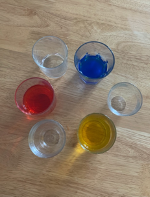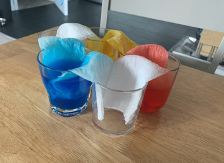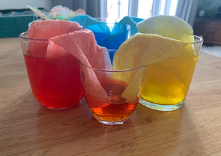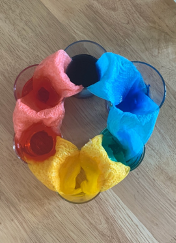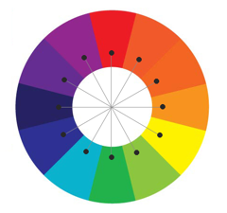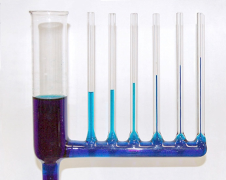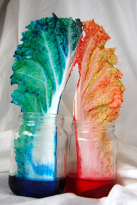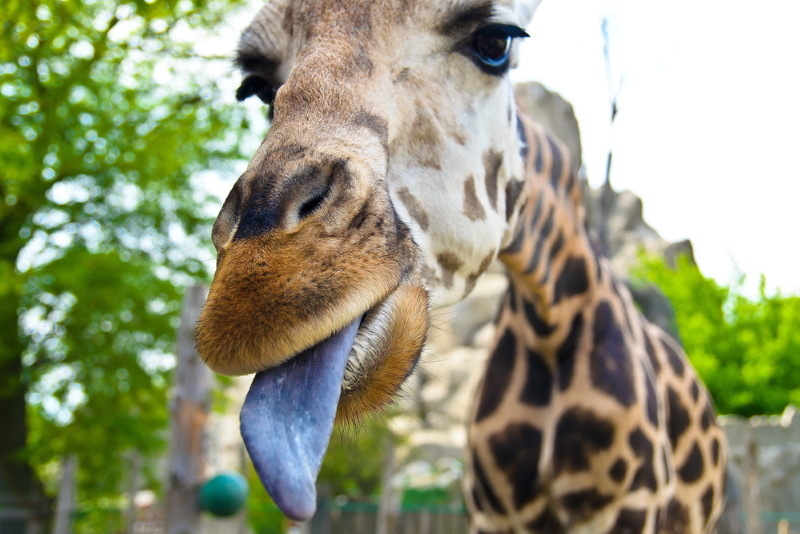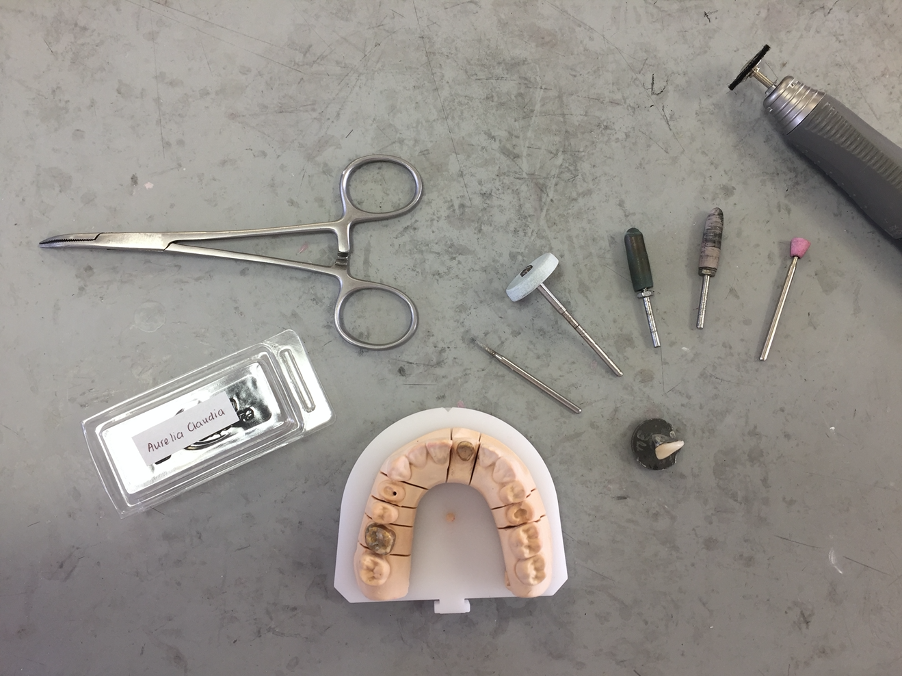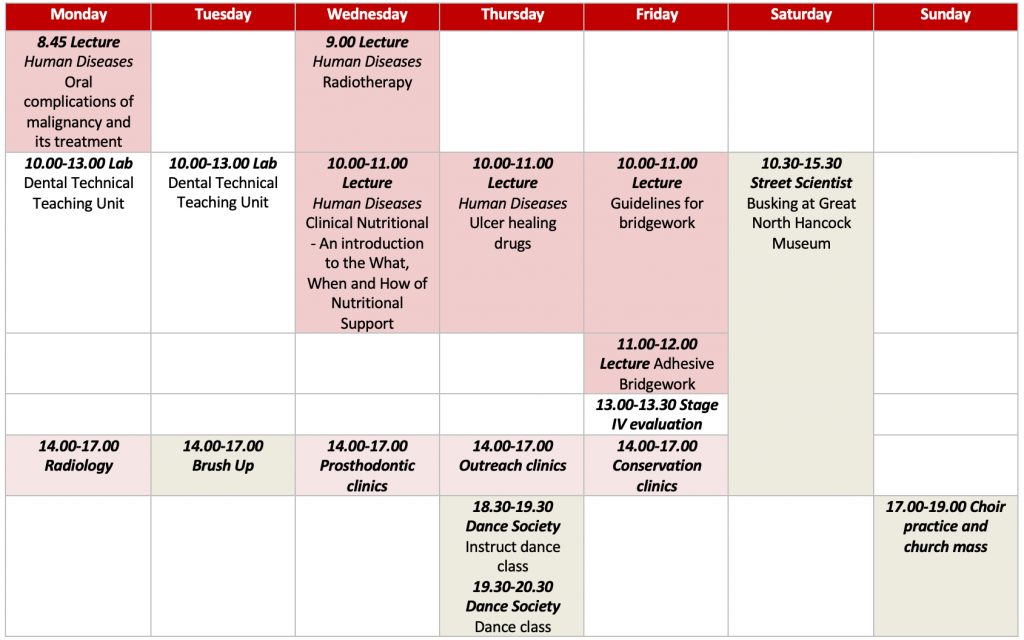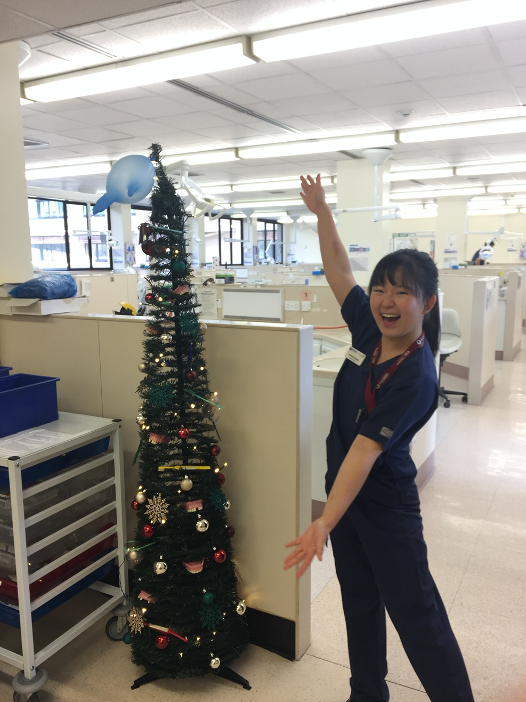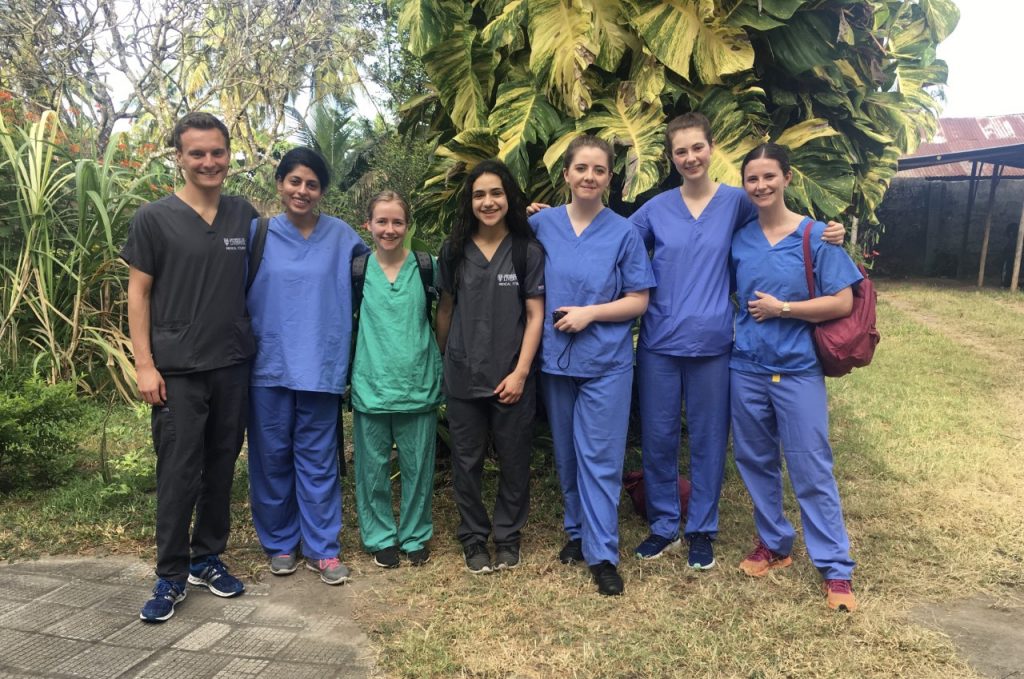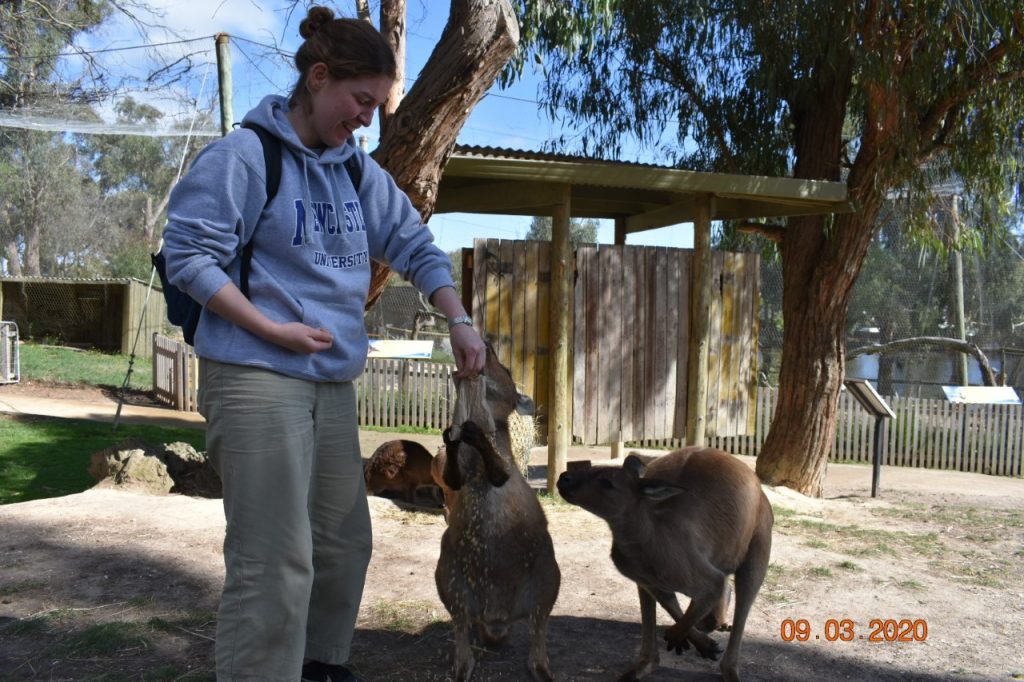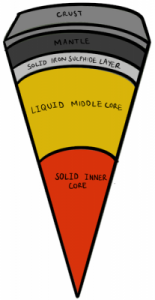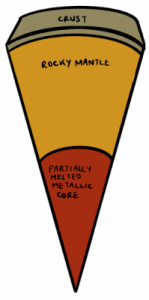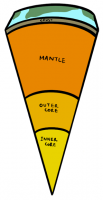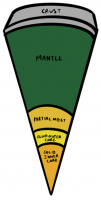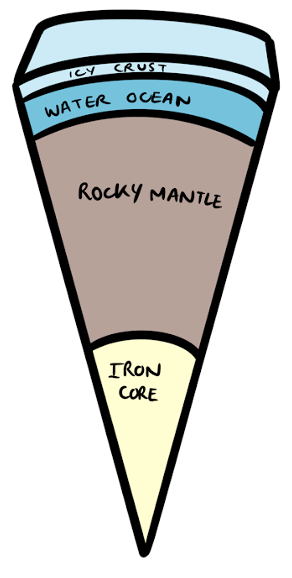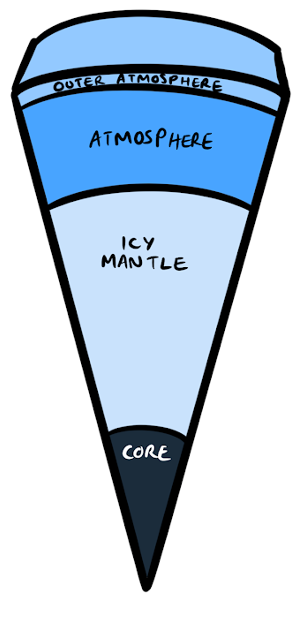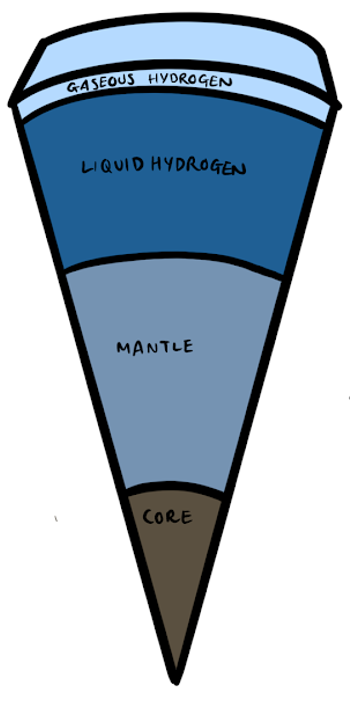When visiting schools and museums our Street Scientists often get asked a variety of questions from curious children. Here are the answers to some of our favourite questions!
This week, we’re answering questions on Chemistry.

What happens when a chemical reaction happens and can it be reversed?
-asked by Charlie, 11, from Burnside Primary School
A chemical reaction is a process of transformation of one set of chemical substances to another. When chemical reaction happens, the atoms of the chemical substances (initially called reactants) are rearranged resulting in different substances we call chemical products. No atoms are lost or gained during the reaction, so the total mass of reactants will be the same as total mass of the products.
There are some reactions that are reversible, meaning the chemical products can go back to become reactants. However, there are also reactions that are irreversible, meaning once the reaction occurs, the products cannot be converted back into reactants again.
An Irreversible reaction is like baking. Once the egg, flour, butter, and milk are mixed and baked into a cake, they cannot go back to their original form. An example of an irreversible reaction is combustion process. Combustion involves burning an organic compound (such as wood) and oxygen to produce carbon dioxide and water. Carbon dioxide and water are stable products and therefore they cannot go back to become wood and oxygen.
-Aurelia, Dentistry Student

Can orange juice be turned into a gas?
-asked by Emily, 11, from Burnside Primary School
Orange juice is a mixture of liquid (water) and solid components (i.e. natural sugars, vitamins and other minerals). If you were to heat orange juice to a temperature above 100°C, the water component of the orange juice would evaporate meaning that the liquid water would change into a gas. However, the sugar, vitamins and minerals would be left behind.
– Jenny, Dentistry Student

What is the most dangerous chemical?
-asked by Alfie, 11, from Burnside Primary School
There are so many dangerous chemicals out there! The dangerous chemicals are usually toxic, volatile, corrosive, or explosive. One of the most dangerous chemical known to mankind is Chlorine Trifluoride which is also called substance N. This was studied by Nazi scientists during The World War II for military purposes. It is a colourless, poisonous, corrosive and extremely reactive gas. It is so volatile and will react with almost anything! It has been known to set fire to glass, sand, rust, and humans! It is usually transported in the form of condensed liquid which is pale- greenish yellow in colour. The United States tried to transport a huge amount of Chlorine Trifluoride before in a tanker and it was a bad move. The tanker spilled in a warehouse and set fire to it. The whole floor was gone, leaving a few feet of dirts and soil underneath. This compound is now of interest for rocket fuels and nuclear reactor fuel processing.
– Aurelia, Dentistry Student

Why does Carbon Dioxide not turn into water since it’s ice?
-Nathan, 11, from Burnside Primary School
Carbon dioxide does not turn into water even though it is ice because water and carbon dioxide are two different compounds each with their own chemical composition, which means that they have different properties. Carbon dioxide, whether it be in gas or solid (a.k.a. dry ice) form, is made of one carbon and two oxygens. Therefore, it is known as CO2. Whereas water in either gas, liquid or solid state is made of two hydrogens and one oxygen and is therefore known as H2O.
CO2 and H2O are very different from each other and when they are frozen, they form different solids because H2O freezes to form regular ice at 0°C and CO2 gas freezes at -78°C to form dry ice. When regular ice melts, it changes from a solid to a liquid and will leave a puddle. On the other hand, dry ice is so called because when it is exposed to temperatures greater than -78°C it does not melt, it actually sublimes, meaning it changes from a solid straight to a gas and leaves no liquid or puddle behind (hence “dry” ice).
– Jenny, Dentistry Student
